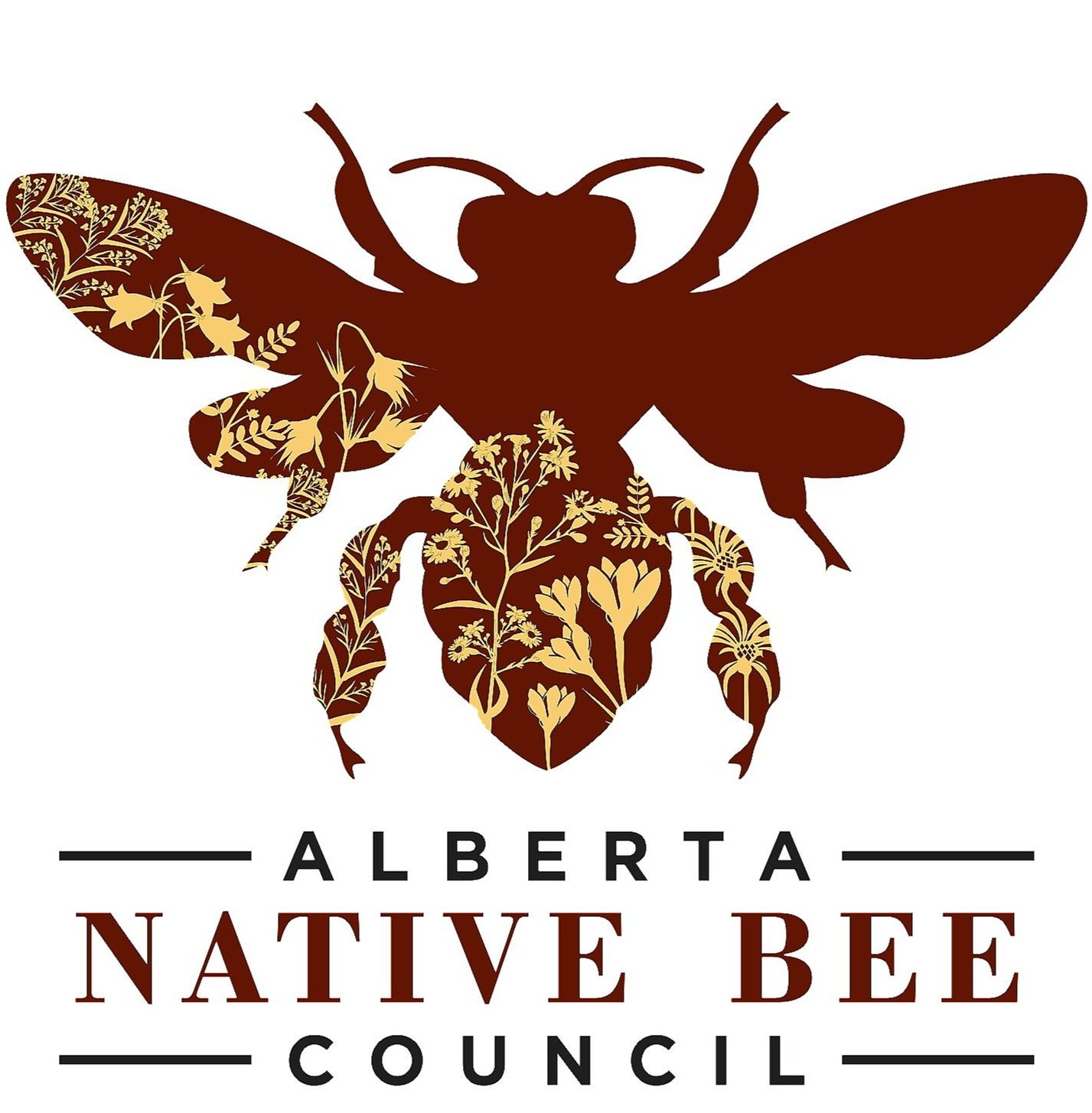The impact of honey bees on Alberta's prairie pollinators
By Sydney Worthy
In recent years, conservationists have raised concerns about the harm that honey bees may have on the pollinator communities where they are introduced. This concern is warranted; studies have shown that the same diseases that contribute to the phenomenon known as colony collapse disorder can be spread from honey bees to other pollinators through vectors like flowers and pollen. Indeed, it seems even non-bee pollinators are not safe from these diseases. This is concerning, as honey bees, classed as domesticated livestock in North America, are widely used in the summer months for crop pollination.
Native pollinators in North America, like solitary leafcutter bees, social bumble bees, and other, non-bee pollinators like hover flies and butterflies, are valuable pollinators not only for agricultural crops, but for the pollination services that native plants depend on. Honey bees are not effective pollinators for many plants, some of which may rely on specialist pollinators, or require conspecific (the same species) pollen from pollinators with higher floral fidelity (how much they stay with that one species or genus of plant). Pollinator diversity begets plant diversity, and vice versa.
This awareness has brought up further questions about the effect honey bees could have on the native plant-pollinator network interactions. Network theory, a subset of graph theory, is as simple as it sounds: a network, where each “node” in the network is connected to another by its interaction. Like a social network or a food web, honey bees, being an introduced “node”, could affect the interactions that existed between native species, prior to their introduction. The networks that make up pollinator communities are called mutualistic networks, where there are two levels: plants, and the pollinators that interact with them (Figure 1). The stability of the network, that is, the ability of the community to withstand disturbances (say, species loss), could be impacted by the introduction of non-native species. To put it simply, the more connected, large, and diverse, the network is, the more stable it is—and this is what honey bees could influence.
Figure 1. A plant-pollinator network with pollinator species on the top row, and plants (in black) on the bottom. The lines represent interactions, with lines becoming more thick the more interactions the species have.
All of this, combined with global insect decline, is understandably worrisome. Alberta, too, has seen immense habitat loss in its grassland regions, which is a known contributor to pollinator diversity and abundance loss. This led myself, as well as my supervisors and lab team, to question what effect honey bees had on the pollinator communities of southern Alberta, where honey bees are widely used. Two other studies, by Magrach et al. (2017) and Valido et al. (2019), showed a negative impact of honey bees on native plant-pollinator network interactions. But as with most things in ecology, certainties are rare; we questioned some of the results and decided to design a more robust study in our research area.
Honey bees, in entering the network, could do one of two main things: out-compete native pollinators, so that the native pollinators alter their preferred food source; or, simply add their interactions to the network, without altering native interactions. Both of these effects, superficially, can be seen as changes to the structure of the native network. To test this, we introduced honey bee hives experimentally to the research site, and sampled communities at different distances from the hives, and from those samples created plant-pollinator interaction networks. We then tested the significance of honey bees on metrics of stability in those networks. Initially, our findings were similar to the two studies mentioned previously. However, we took it a step further, and tested the significance of honey bees on a network where we removed their interactions. Then, the significance disappeared—excepting those metrics that indicated honey bee interactions were added to the network.
A honey bee and a native bee, a male Agapostemon virescens, on a native Gumweed plant in southern Alberta.
Our results found that there was no significant relationship between the introduction of honey bees and native pollinator diversity, abundance, or changes to their native-plant pollinator interactions. Though our study was unable to test the effects across generations, and thus not showing potential detrimental effects over time, the results are nonetheless telling. Honey bees, at least in our research site, did not appear to compete with native pollinators for resources. Resources may have been diverse, perhaps in part to the invasive forbs present in the region—or, instead, due to a diverse range of niche partitioning.
We cannot yet remove our concerns about the presence of honey bees in our native backyard, but we also cannot deny their importance in agriculture and food production. The solution is likely somewhere in the middle: employ honey bees, while simultaneously promoting and utilizing the diversity and pollination services of our own native pollinators.
The cause of species and diversity loss are not easy to ascertain; they are many effects, compounding. Some are more obvious, and visible, like habitat loss. Others, less so, like pesticide use or disease transmission. We must be cautious in prescribing all-or-nothing tactics when looking for solutions to these global crises.
Through it all, we must learn, as a society, an appreciation for the pollinators in our backyard. To our surprise, my team and I found an immense diversity of pollinators on the prairies—bees, especially. We’ve used honey bees so long that perhaps we never really considered these species as options in crop pollination. Nevertheless, this diversity should be protected, for its own sake and for our own, and regardless of its economic value.
To read more about Sydney’s work on plant-pollinator networks, click here.
References
Magrach, A., González-Varo, J.P., Boiffier, M. et al. Honeybee spillover reshuffles pollinator diets and affects plant reproductive success. Nat Ecol Evol 1, 1299–1307 (2017). https://doi.org/10.1038/s41559-017-0249-9
Valido, A., Rodríguez-Rodríguez, M.C. & Jordano, P. Honeybees disrupt the structure and functionality of plant-pollinator networks. Sci Rep 9, 4711 (2019). https://doi.org/10.1038/s41598-019-41271-5


